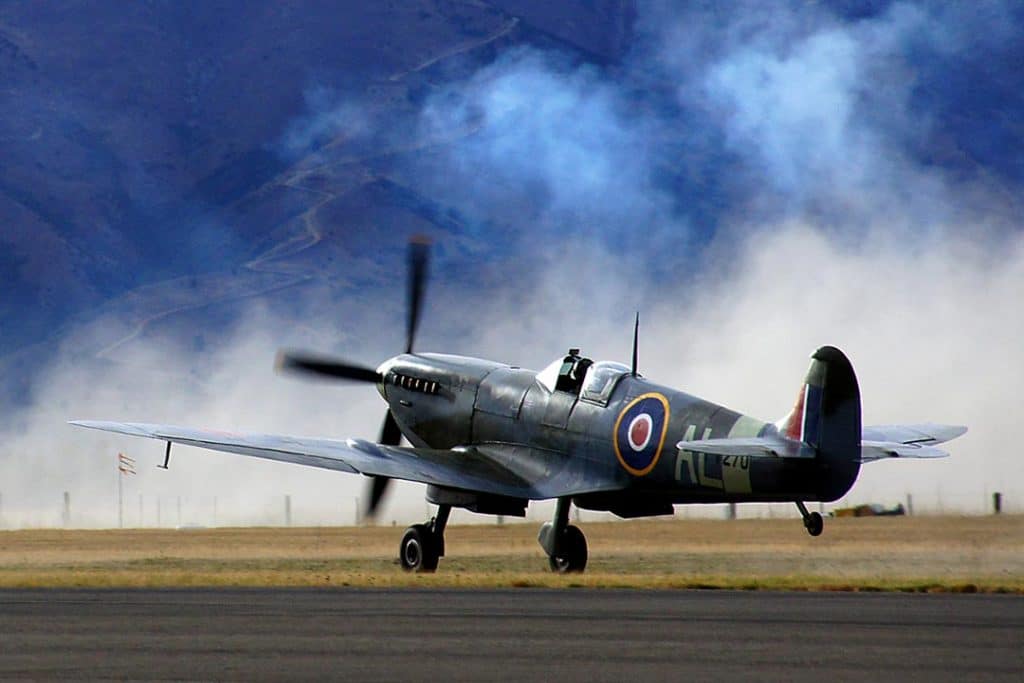The Supermarine Spitfire was a British single-seat fighter aircraft that was used by the Royal Air Force and other Allied countries before, during, and after World War II.
Remarkably just one prototype Spitfire was built by Vickers Supermarine in the form of K5054, which conducted all the pre-production development work associated with the aircraft between March 1936 and the first flight of the Spitfire on the 14th May 1938.
Originally designed as a short-range, high-performance interceptor aircraft by R. J. Mitchell, chief designer at Supermarine Aviation Works, Mitchell compressed the Spitfire’s distinctive elliptical wing with cutting-edge sunken rivets to have the thinnest possible cross-section, helping give the aircraft a higher top speed than several of its contemporary fighters.
Mitchell continued to refine the design until his premature death in 1937, after which time his colleague Joseph Smith, took over as chief designer, overseeing the Spitfire’s development throughout its multitude of variants.
Many variants of the Spitfire were built, using several wing configurations, and it was produced in greater numbers than any other British aircraft. It was also the only British fighter produced continuously throughout the war.
Although the original airframe was designed to be powered by a Rolls-Royce Merlin engine producing 1,030 hp (768 kW), it was strong enough and adaptable enough to use increasingly powerful Merlins and, in later marks, Rolls-Royce Griffon engines producing up to 2,340 hp (1,745 kW) were utilised. As a result, the Spitfire’s performance and capabilities improved over the course of its service life.
During the Battle of Britain, from July to October 1940, the public perceived the Spitfire to be the main RAF fighter, though the more numerous Hurricane shouldered a greater proportion of the burden against Nazi Germany’s air force, the Luftwaffe.
However, Spitfire units had a lower attrition rate and a higher victory-to-loss ratio than those flying Hurricanes because of the Spitfire’s higher performance.
During the battle, Spitfires were generally tasked with engaging Luftwaffe fighters—mainly the Messerschmitt Bf 109E-series aircraft, which were a close match for them.
After the Battle of Britain, the Spitfire superseded the Hurricane to become the backbone of RAF Fighter Command, and saw action in the European, Med, Pacific, and South-East Asian theatres.
Much loved by its pilots, the Spitfire served in several roles, including interceptor, photo-reconnaissance, fighter-bomber and trainer, and continued to serve in these roles until the 1950s.
The Spitfire continues to be popular among enthusiasts even after 80+ years and nearly 60 remain airworthy throughout the world today with many more being static exhibits in aviation museums.
There are now a number of Spitfire simulators available up and down the UK and for the hardened enthusiasts amongst us, you can now even take a flight in a specially modified two-seater Spitfire (there are quite a few at large in the UK now) where air experience flights can be enjoyed for a full hour. Click here if you want more information about either of these exciting opportunities.
